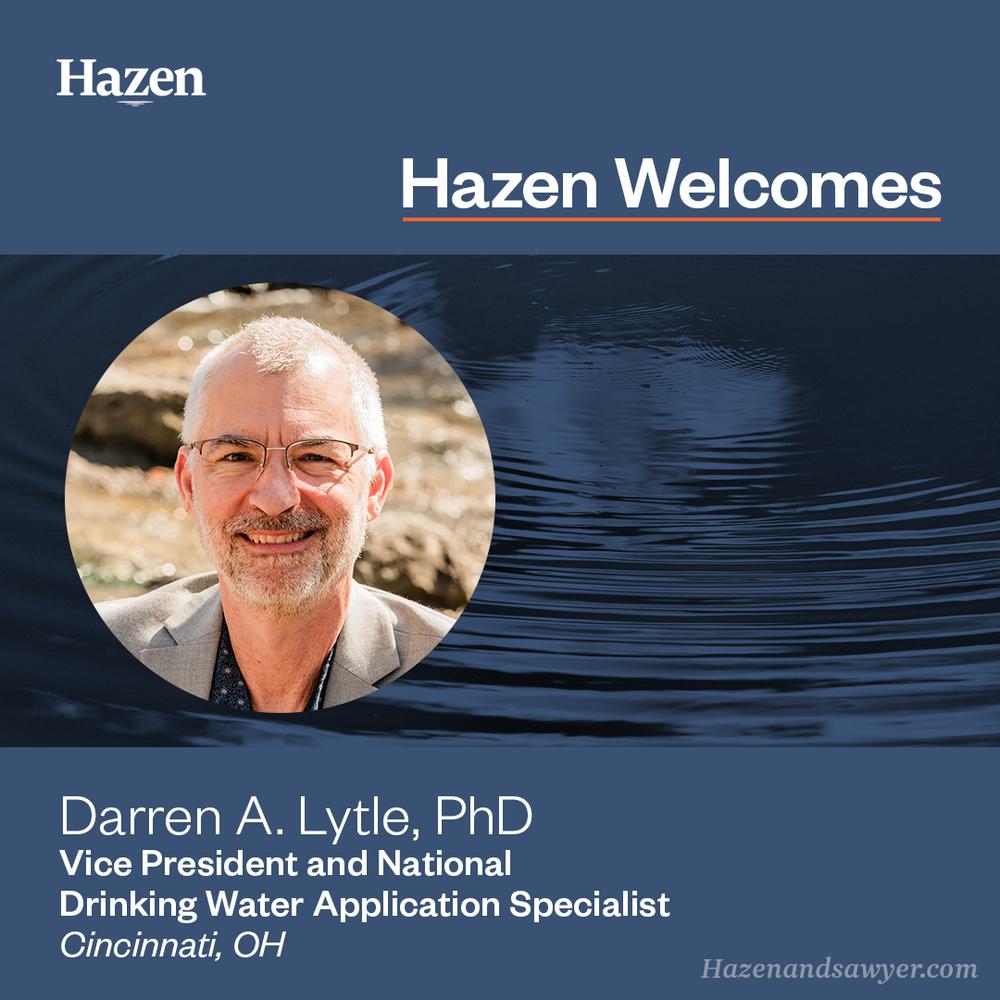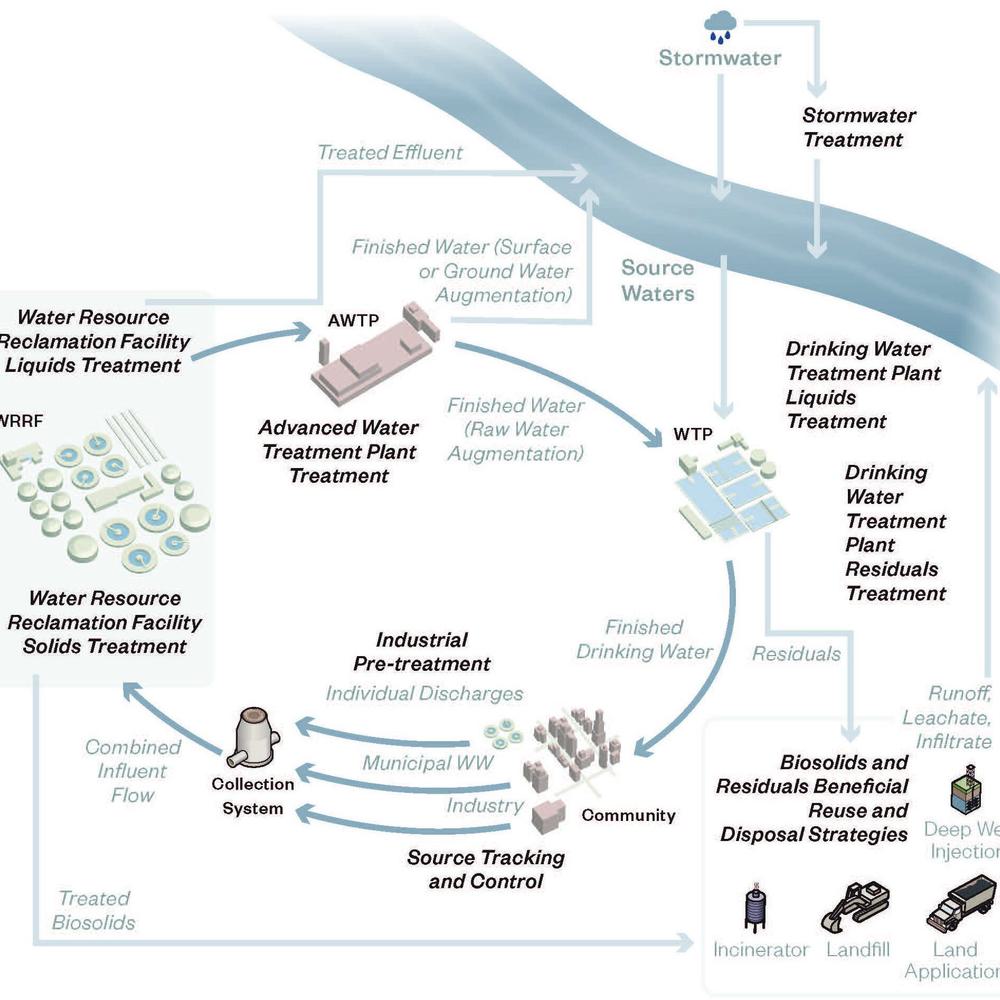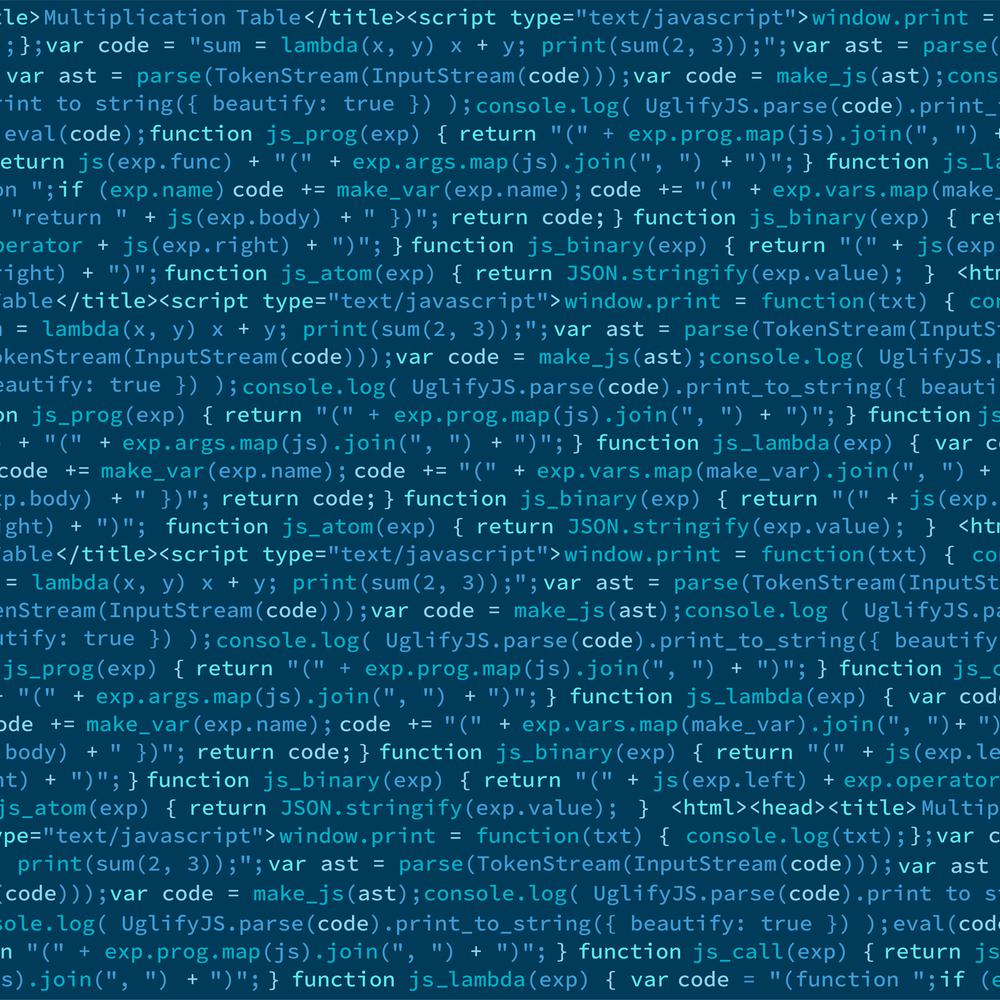Evaluating Peracetic Acid for Wet Weather Disinfection in Greater Cincinnati
Background and Objectives
The Metropolitan Sewer District of Greater Cincinnati (MSDGC) faces significant challenges to implement the wet weather improvement projects required by their consent decree. In an effort to further control program costs and schedule, MSDGC has implemented a program to identify and evaluate new, emerging technologies for the management and control of combined sewer overflows (CSOs). The purpose of this program is to conduct technically sound technology evaluations to identify innovative technologies that can meet MSDGC’s CSO management and control goals in a more cost-effective and reliable manner. Technologies are identified and evaluated in five key treatment areas: (1) Scalable and Modular Technologies, (2) First Flush Control and Prevention, (3) Advanced Disinfection of CSO Discharges, (4) Physical or Control Structures for Real-Time Flow Management (5) Media Filtration of CSO Discharges.
In 2016 and 2017, MSDGC, with technical and logistical support from Hazen and Sawyer, evaluated peracetic acid (PAA) for high-rate disinfection for use in wet weather treatment applications. The primary application evaluated was at MSDGC’s SSO 700 Storage and Treatment Facility. The facility includes three (3), 1.3 million gallon (MG) bolted steel, glass-lined storage tanks followed by a ballasted flocculation high rate treatment system and ultraviolet disinfection. The treatment plant has a design capacity of 10 MGD and a peak flow rate of 15 MGD. The storage tanks are not mixed or aerated, so a limited degree of solids removal is provided through settling. Excess flows beyond the treatment system capacity are bypassed as overflows from the storage tanks. Currently bypass flows from the storage tanks are discharged without treatment to the receiving stream.
MSDGC evaluated the effectiveness and suitability of PAA disinfection of tank overflows at the SSO 700 facility, to determine whether the strategy could be implemented on a full-scale basis.
Approach
Hazen conducted bench scale testing in 2017 with samples of SSO 700 tank overflows to establish the required PAA doses and contact times needed for effective disinfection. Sampling and testing were conducted from June, 2017 through November, 2017 to capture samples from a range of storm events. In total, tank overflow samples were collected from four different storm events over this time range for bench scale testing.
Samples were treated with varying doses of PAA over varying contact times to determine the efficacy of Escherichia coli (E. coli) kills. The range of doses were from 4 mg/L to 20 mg/L and contact times ranging from 3 minutes to 100 minutes. PAA was added to 2L jars during a 60-second rapid mix phase and gently mixed for the remaining contact time to simulate field conditions. After the allotted contact time, sodium bisulfite was added to quench residual PAA.
In addition to analyzing for E. coli, raw samples prior to disinfection were analyzed for total suspended solids (TSS), chemical oxygen demand (COD), 5-day biochemical oxygen demand (BOD5), ammonia-nitrogen (NH3-N), total kjelhdahl nitrogen (TKN), among others. Treated samples were analyzed for TSS and COD at the final contact time simulated to evaluate potential TSS reduction from oxidation and COD addition from PAA. PAA residual was also tested at each simulated contact time.
Results
PAA was found to effectively disinfect the high-strength SSO 700 tank overflows in this application. MSDGC’s anticipated design criteria for this application is for a 3-4 log reduction of E. coli prior to discharge. A CT value of approximately 150 mg/L * minutes was found to effectively and consistently achieve the designed disinfection level. Other key observations from the testing include the following:
- With doses of 8 mg/L of PAA and above, E. coli levels were significantly reduced within a 30-minute contact time.
- In several instances, a dose of a 4 mg/L of PAA could not meet a 3 log reduction in E. coli within 30-minutes of contact time. Extended contact times beyond 30-minutes would be required for these low doses to reliably meet the desired performance criteria.
- Especially for higher PAA doses, the most significant E. coli reductions occurred during the first 5-10 minutes of contact time.
- PAA residuals were generally stable during testing. With the doses required for this application, it is likely that quenching would be required prior to discharge.
Full Scale Application
MSDGC is currently evaluating alternatives for pilot testing and potential full-scale deployment of PAA disinfection at the SSO 700 site to disinfect storage tank overflows based on the dosing strategy identified during bench scale testing. Based on preliminary evaluation of the outfall pipe from the storage tanks there does not appear to be sufficient contact time for effective disinfection and bisulfite addition for quenching, if required, may be unfeasible. There is available contact time in one of the facility storage tanks that could be used for disinfection, and strategies for installing internal baffling in the storage tank are planned for evaluation. Further study is also planned to evaluate potential impacts of PAA residual on the ballasted flocculation treatment system performance, if PAA is dosed to one of the storage tanks.
MSDGC will be evaluating economics in 2018 to determine whether PAA disinfection is cost effective at the site to treat tank overflows. In addition, larger scale pilot work may be conducted in 2018 to further evaluate performance of PAA in the application. MSDGC’s ultimate goal is to improve discharge quality and may include disinfection improvements in on-going SSO 700 facility improvements.











